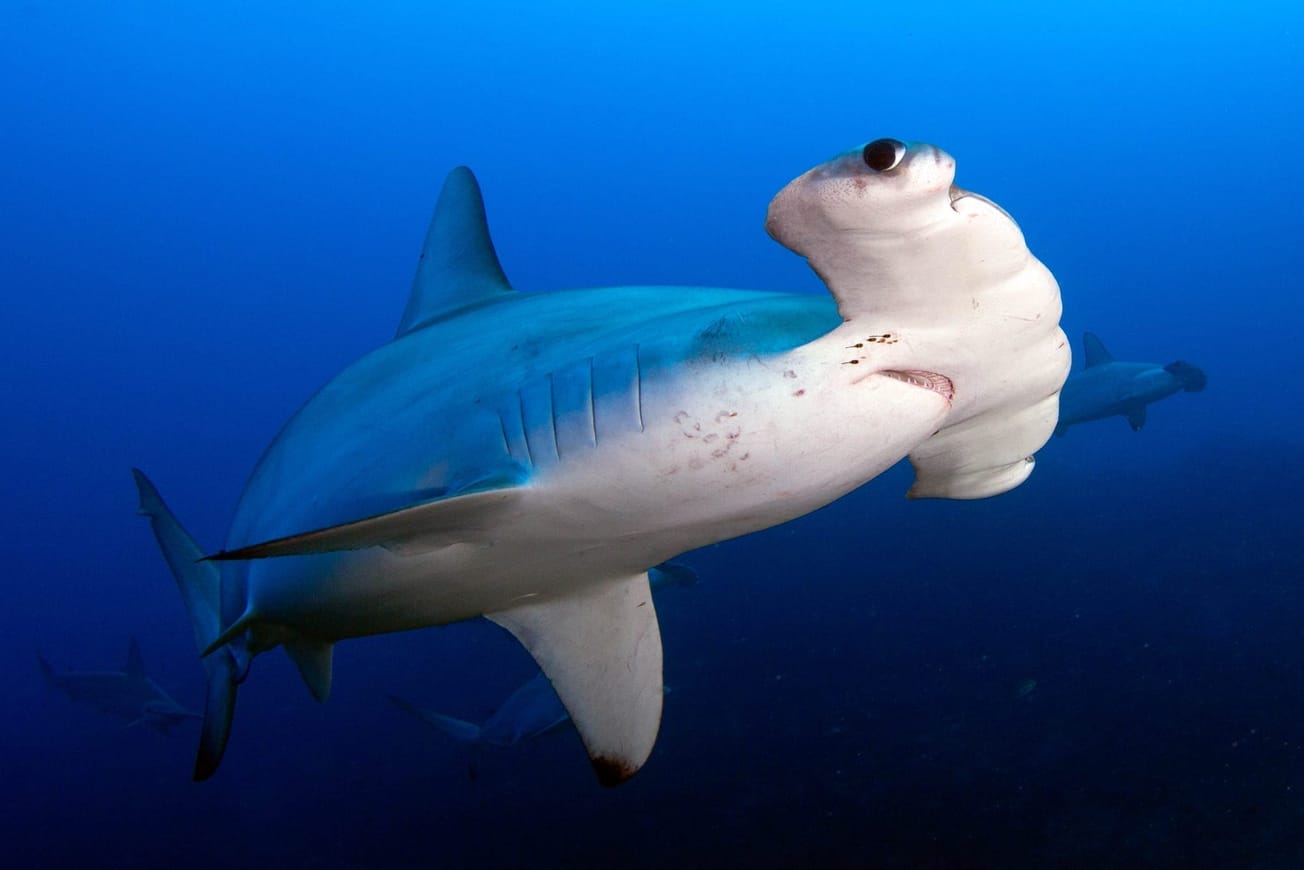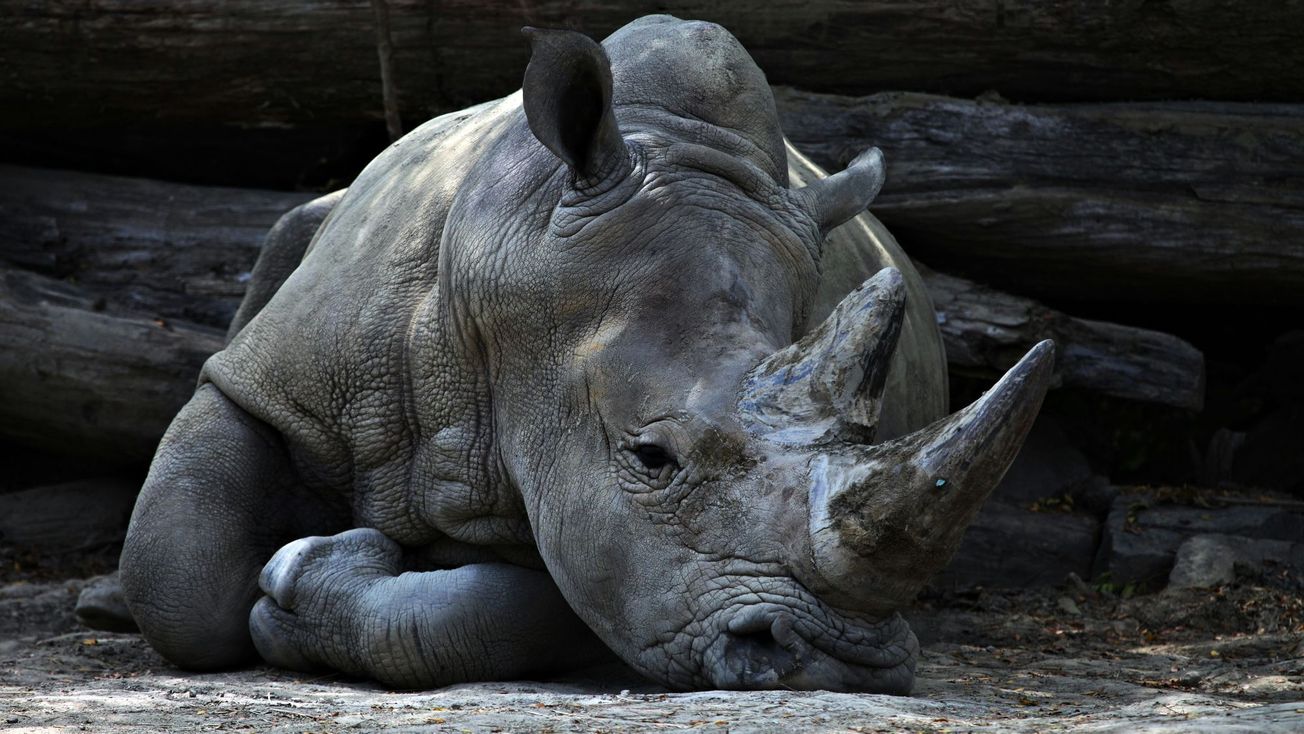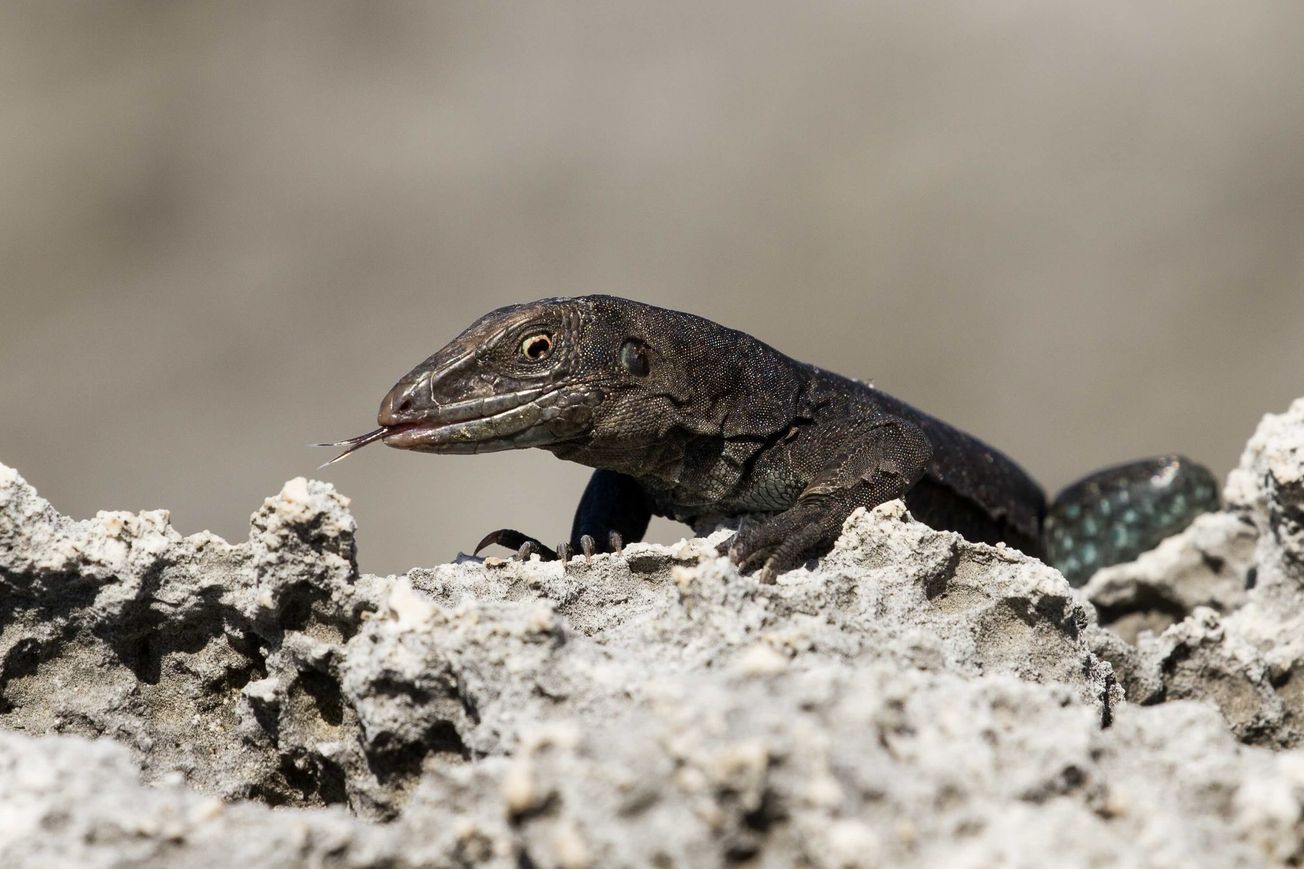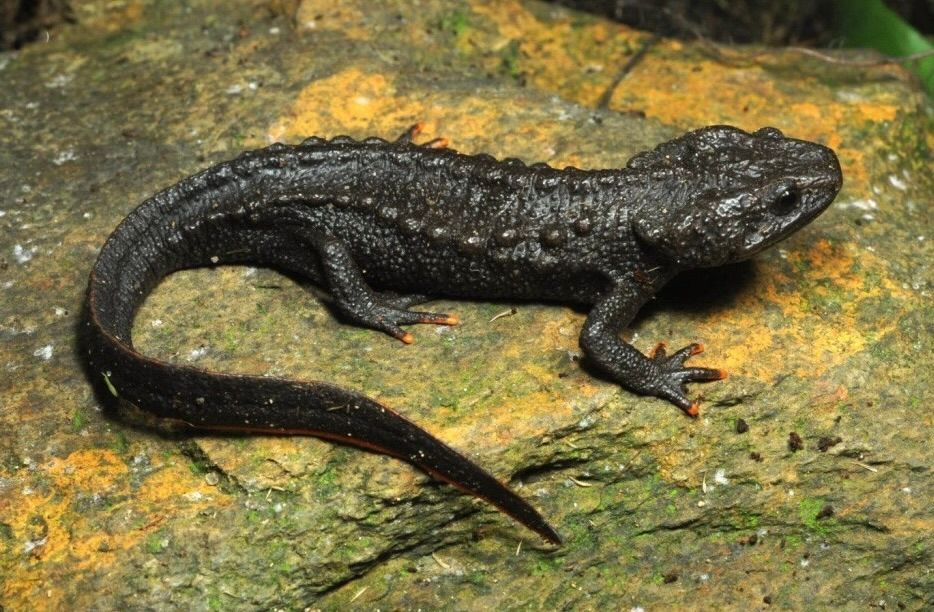Sharks and rays are living marvels of evolution, having survived five mass extinctions over 420 million years. These fascinating creatures, vital to ocean health and the livelihoods of millions, are now under serious threat—not from natural disasters, but from human activity. Overfishing has decimated their populations, and the situation is dire. Yet, hope remains. With immediate and focused action, we can turn the tide.
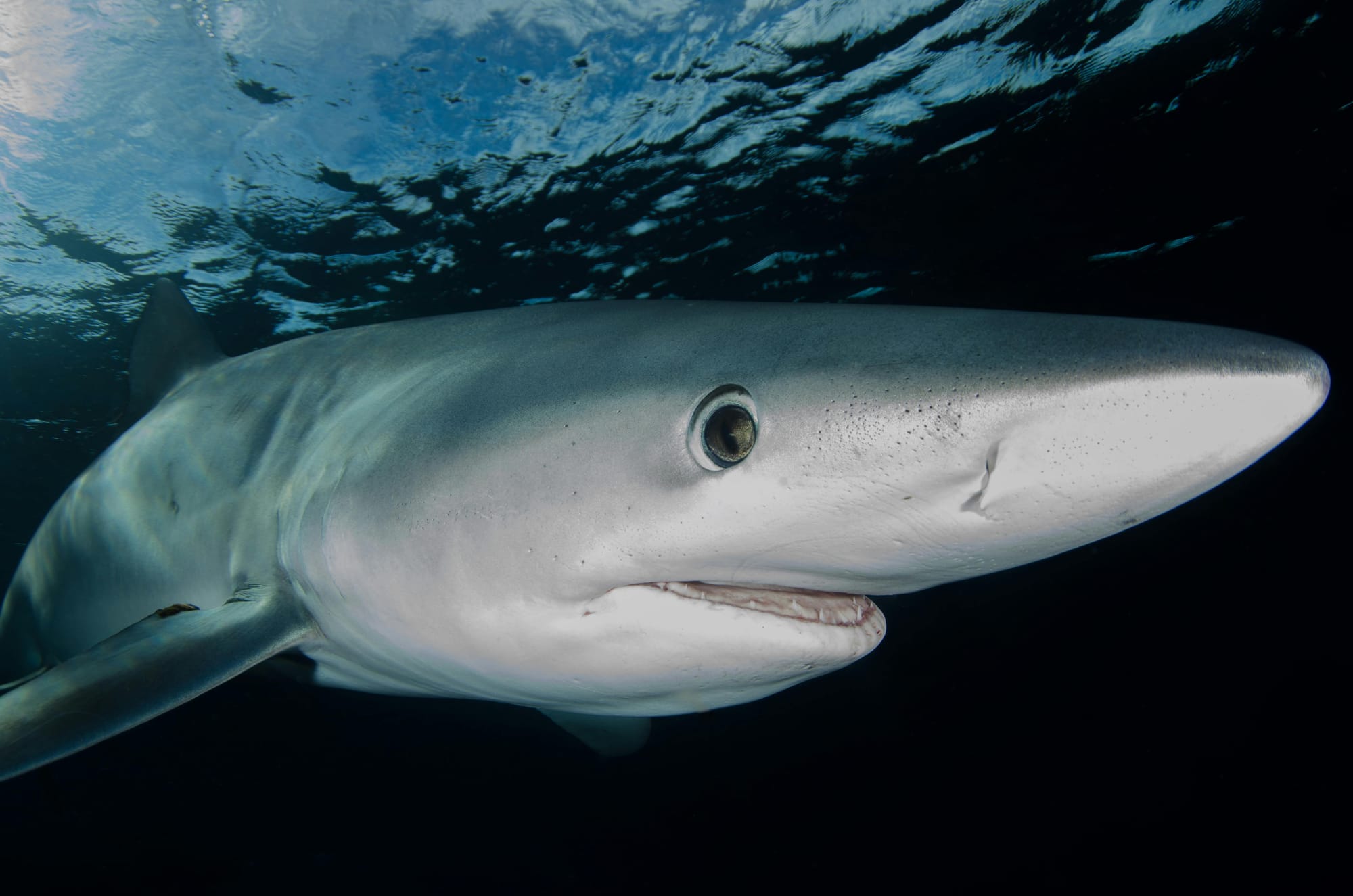
Photo by Ben Phillips
Why Sharks and Rays Matter
Sharks, rays, and chimaeras (together called chondrichthyans) are a class of cartilaginous skeleton-less marine life critical to maintaining the delicate balance of our oceans. They cycle nutrients, regulate prey populations, and act as carbon sinks. Their presence in our oceans supports biodiversity, sustains fisheries, and even contributes to climate regulation.
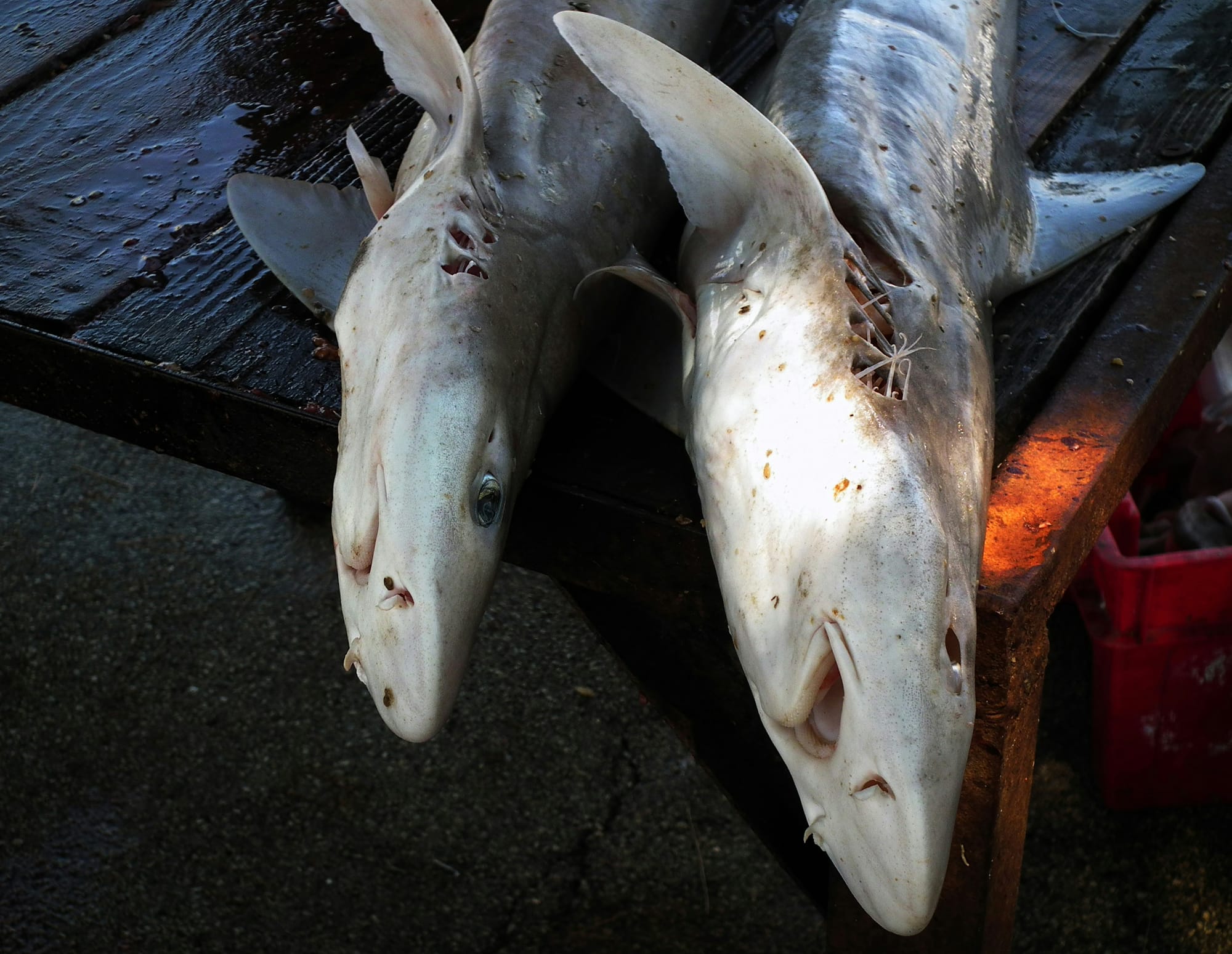
Photo by Lothar Boris Piltz
A Grim Reality
A recent report by the International Union for Conservation of Nature (IUCN) has shed light on the troubling state of these species:
• Massive Declines: Overfishing has halved global populations of sharks and rays since 1970. Some species, like rhino rays and angel sharks, have seen catastrophic declines.
• Threatened Species: A third of all shark and ray species are now classified as vulnerable, endangered, or critically endangered on the IUCN Red List.
• Fishing Hotspots: Countries like Indonesia, Spain, and India lead in shark and ray fishing. Rays make up over 60% of Indonesia’s shark and ray catch, with fins and meat being key products.
Despite these grim statistics, some regions, such as the U.S., Europe, and Australia, offer hope through science-based fisheries management.
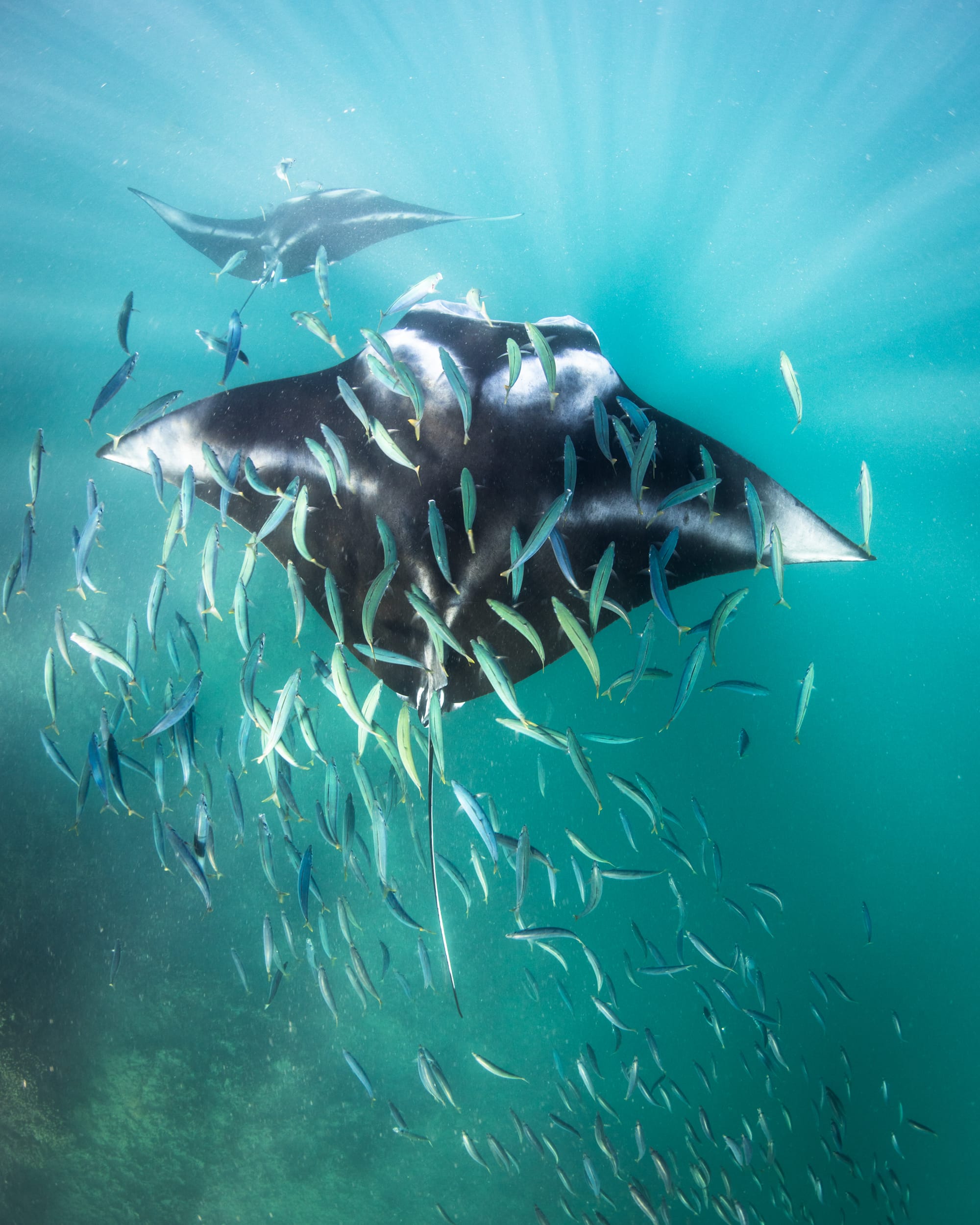
Photo by Toby Matthews
The Human Impact
Sharks and rays are particularly vulnerable due to their slow reproductive cycles. For example, the giant manta ray takes 8-10 years to mature and gives birth to just one pup every 3-4 years. This makes overfishing a critical threat. Adding to the pressure is the growing global trade in shark meat, fins, and even ray skins, which are now used for luxury leather goods.
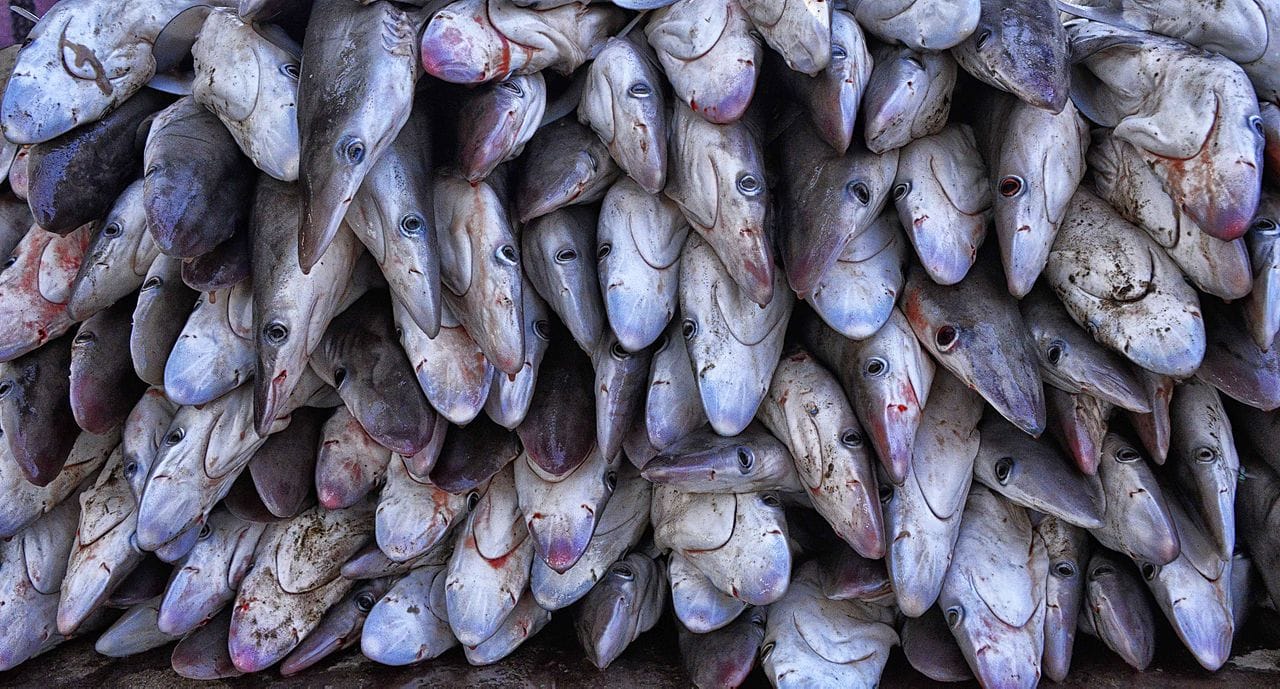
Photo by Rod Waddington
A Call to Action
The IUCN report isn’t just a warning—it’s a roadmap. It provides actionable recommendations to curb overfishing, reduce bycatch, and protect these ancient species. Conservation is possible, but it requires collaboration between governments, industries, and individuals.
Takeaway: Why We Must Act Now
Sharks and rays are sounding the alarm for the health of our oceans. Their survival isn’t just about saving individual species—it’s about maintaining the very ecosystems we rely on. Their plight reflects the broader crisis of unsustainable fishing and habitat destruction. The time to act is now.
Practical Actions Society Can Take
We all have a role to play in preserving sharks and rays for future generations. Here’s how:
For Individuals
1. Be a Conscious Consumer: Avoid products made from shark fins, ray skins, or shark meat. Look for sustainable seafood certifications.
2. Reduce Seafood Waste: Only buy and consume what you need to reduce overall demand.
3. Support Conservation Organizations: Donate to or volunteer with groups working to protect marine life.
4. Spread Awareness: Share the importance of sharks and rays with friends and family through social media or community events.
For Governments
1. Implement Science-Based Quotas: Enforce sustainable fishing limits and protect vulnerable species.
2. Regulate Trade: Ban or strictly control the trade of shark fins, ray skins, and other products.
3. Protect Key Habitats: Establish marine protected areas focused on critical shark and ray populations.
For Industries
1. Promote Ethical Practices: Encourage sustainable fishing gear that reduces bycatch.
2. Adopt Transparency: Share catch and trade data to monitor populations effectively.
3. Develop Alternatives: Explore synthetic or alternative materials to replace shark and ray products in luxury goods.
Hope on the Horizon
There are “bright spots” where strong conservation efforts have made a difference. Science-based fisheries management has helped stabilize some populations in places like the U.S., Canada, and Australia. These examples show that with the right policies, partnerships, and persistence, it is possible to protect these ancient ocean dwellers.
By making informed choices, advocating for policy change, and supporting conservation efforts, we can ensure that sharks and rays continue to roam the oceans for millions of years to come.
Let’s act now to give these resilient survivors a fighting chance. Together, we can make a difference.
Citations:


